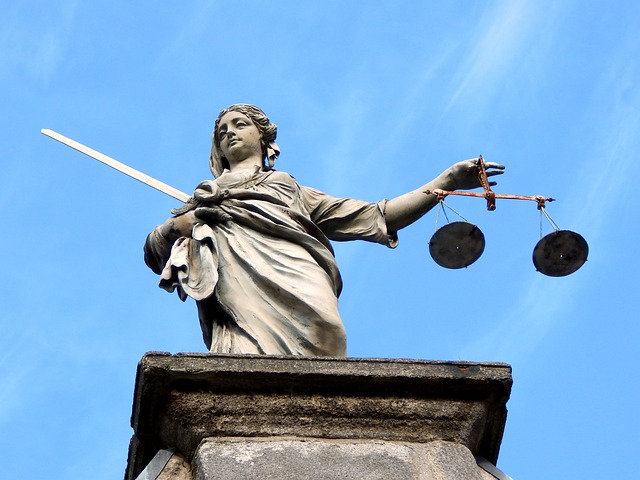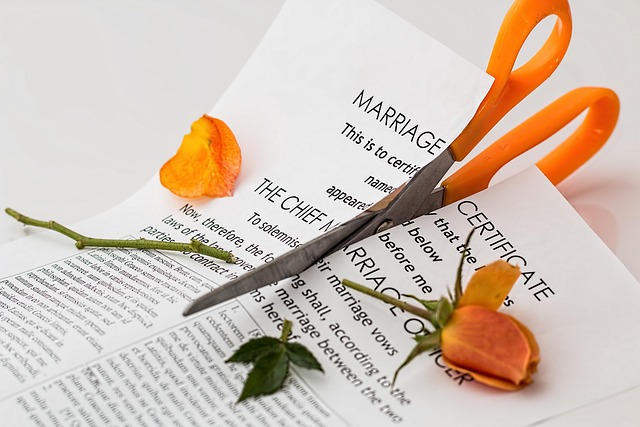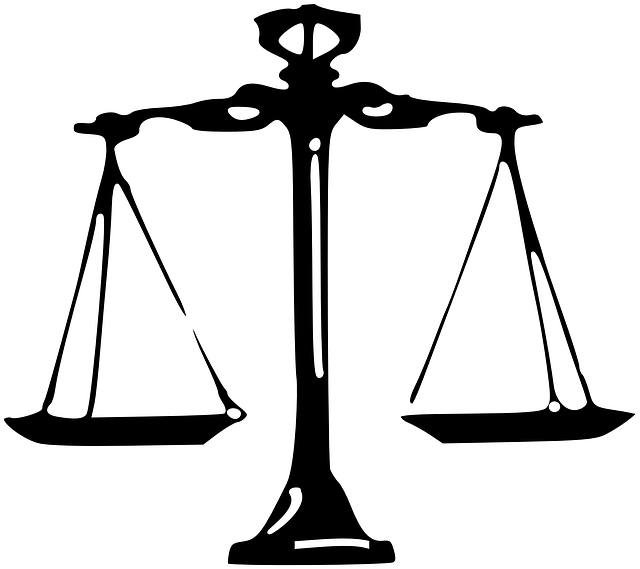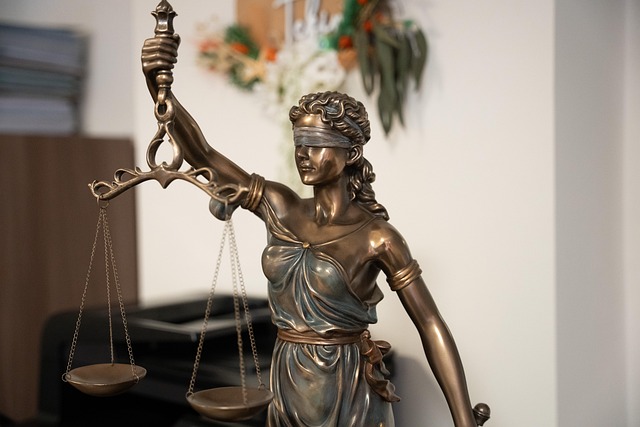The Impact of Jury Demographics on Verdicts in public corruption cases is significant, with diverse juries potentially altering outcomes due to varying interpretations influenced by age, race, gender, and socio-economic status. This subtlety can lead to disparities, especially in corporate and individual trials. Recognizing these demographic influences is crucial for both prosecutors and defense attorneys to strategize effectively. Studies show that societal biases, such as those related to gender, race, and socioeconomic factors, can unconsciously impact verdicts. Mitigating these influences is essential for impartial justice, with fair jury trials ensuring objective decision-making based on evidence. Actively encouraging diverse juries and providing unconscious bias training are strategies to promote inclusivity and fairness in the legal system.
“Public corruption charges pose unique challenges in the legal system, demanding a thorough examination of the intricate interplay between jury demographics and verdict outcomes. This article delves into the complex world of public corruption trials, exploring how demographic factors and societal biases can significantly influence judicial decisions. We analyze the definition and legal framework surrounding these charges and present case studies showcasing their impact. Furthermore, we offer strategic insights on enhancing jury diversity and impartiality to mitigate potential biases, emphasizing the critical role of a fair and representative jury in ensuring justice.”
- Understanding Public Corruption Charges: Definition and Legal Framework
- The Role of Jury Demographics in Corruption Trials
- How Cultural and Societal Biases Influence Verdicts
- Case Studies: Notable Trials and Their Outcomes
- Strategies to Enhance Jury Diversity and Impartiality
Understanding Public Corruption Charges: Definition and Legal Framework

Public Corruption Charges refer to criminal offenses where individuals in power, including government officials, misuse their positions for personal gain or to benefit specific groups. This can manifest as bribery, extortion, fraud, and abuse of public funds. The legal framework surrounding these charges varies across jurisdictions but generally involves strict penalties, including fines and imprisonment, aimed at deterring such misconduct. In the United States, for instance, these cases fall under federal and state laws, with specialized agencies like the FBI and Department of Justice investigating and prosecuting them.
Understanding the impact of jury demographics on verdicts is crucial in these trials. The composition of juries—reflecting the diverse philanthropic and political communities across the country—can significantly influence outcomes. Studies suggest that factors such as race, gender, and socio-economic background can subtly shape perceptions and decisions. For instance, white collar defense attorneys often leverage this dynamic, employing strategies to appeal to broad juries in order to secure favorable verdicts for their clients. This highlights the importance of impartial and representative jury selection in cases involving public corruption charges.
The Role of Jury Demographics in Corruption Trials
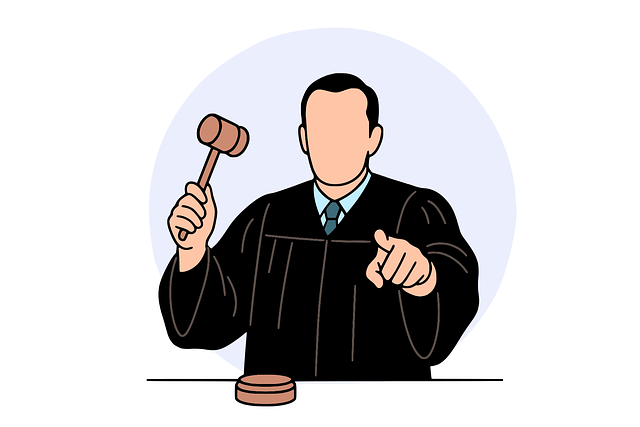
In corruption trials, the role of jury demographics cannot be overstated as it significantly influences the outcome of cases. The composition of a jury, including factors like age, race, gender, and socioeconomic background, can shape how jurors interpret evidence and ultimately render their verdicts. Research suggests that diverse juries tend to have a more nuanced understanding of complex issues, which can be particularly valuable in corruption cases where motivation and intent are often at the heart of the dispute.
Understanding the impact of jury demographics is crucial for both prosecutors and defense attorneys. For defense teams, leveraging this knowledge can lead to winning challenging defense verdicts, especially when presenting a robust argument that aligns with the demographic makeup of the jury. This strategic approach, coupled with an unprecedented track record in handling such cases, can provide corporate and individual clients with a stronger chance at a fair trial.
How Cultural and Societal Biases Influence Verdicts

The impact of jury demographics on verdicts is a complex issue heavily influenced by cultural and societal biases. Jurors bring their own experiences, beliefs, and values into the courtroom, which can shape their interpretation of evidence and ultimately affect the outcome of a case. For instance, communities with diverse ethnic backgrounds or socioeconomic statuses may perceive certain behaviors differently, leading to varied interpretations of what constitutes corruption. This can result in disparities in how cases are judged, especially when dealing with corporate and individual clients.
Understanding these biases is crucial for ensuring fairness in jury trials. The composition of juries, reflecting the respective business and social landscapes they come from, plays a significant role in decision-making. Studies have shown that gender, racial, and socioeconomic factors can subtly influence verdicts, often unconsciously. Recognizing and mitigating these societal influences are essential steps towards achieving impartial justice, ensuring that every case is judged objectively based on its merits rather than the biases of those tasked with delivering a verdict.
Case Studies: Notable Trials and Their Outcomes

Public corruption charges often lead to high-stakes cases that can significantly impact a community or even reshape respective businesses. Case studies of notable trials provide valuable insights into how jury demographics and public perception influence outcomes. For instance, the Enron trial, where corporate fraud was exposed, highlighted the role of diverse juries in holding corporations accountable. The verdict sent ripples through the business world, demonstrating the power of transparent justice.
Another compelling example is the case against a prominent politician accused of misuse of public funds. This trial attracted widespread media attention and revealed how jury composition can affect decisions. Studies suggest that demographic factors, such as age, gender, and educational backgrounds, play a role in shaping verdicts. Understanding these dynamics is crucial for ensuring fair jury trials, especially in cases where the impact on society and business ethics is profound.
Strategies to Enhance Jury Diversity and Impartiality

Ensuring jury diversity and impartiality is paramount to maintaining a fair and just legal system. The impact of jury demographics on verdicts cannot be understated. Incorporating strategies that promote inclusivity during jury selection can significantly enhance procedural fairness. One such approach involves actively encouraging a diverse pool of potential jurors from various backgrounds, ethnicities, genders, and ages. This diversity enriches the jury’s perspective, allowing for a broader range of experiences and insights to inform decision-making.
Moreover, providing comprehensive training to judges and legal professionals on unconscious biases is crucial. By recognizing and mitigating these biases at all stages of the investigative and enforcement process, the risk of discriminatory outcomes is minimized. This includes educating jurors about the importance of setting aside personal prejudices and focusing solely on the evidence presented, thereby ensuring that their clients receive a fair trial based on the respective business’s merits rather than external factors.
Public corruption cases heavily rely on fair and diverse juries to ensure justice. As discussed, the impact of jury demographics and societal biases on verdicts cannot be understated. By understanding the nuances of public corruption charges and implementing strategies to enhance jury diversity and impartiality, we can strengthen the legal framework and promote more equitable outcomes. Embracing cultural sensitivity and addressing biases are vital steps towards revolutionizing corruption trials and fostering a more just society.

